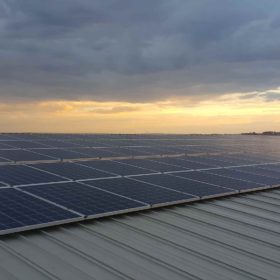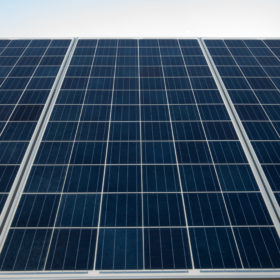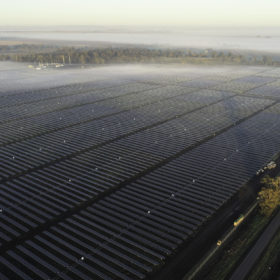Strategies to prevent overvoltage-induced inverter disconnections
Australian scientists have identified seven methods to prevent PV losses when overvoltage-induced inverter disconnections occur. The methods include battery storage, reactive power inverters, export limits, distribution static synchronous compensators, the replacement of old conductors in power grids, load reconfiguration, and dynamic voltage restoration.
Fuzzy logic MPPT to improve PV system performance
A Pakistani-Chinese research group has demonstrated a new maximum power point tracking method, based on a fuzzy logic algorithm to provide faster results. The converter tech is claimed to have an impact on PV system efficiency and provide isolation between the load and the PV array.
Temperature-based MPPT algorithm to improve PV system efficiency
Researchers in Spain have developed a maximum power point tracking (MPPT) algorithm based on just one input parameter – PV module temperature. The algorithm has already shown stability in testing, the scientists claim.
US startup unveils solid-state AC/DC enabler, AC switch
Amber Solutions has developed a solid-state AC/DC enabler, as well as an AC switch, with the aim of “disrupting the global electrical and powered products industries.” It claims the new tech provides greater reliability and control than ever before.
Residential storage solution with LG Chem battery, SolarEdge inverter
The South Korean battery manufacturer has integrated SolarEdge’s Energy Hub system into its RESU 10H battery, which has a capacity of 5 kW and offers 9.8 kWh of storage.
India installed 7.6 GW of solar in the last fiscal year, and plans another 8 GW by April
Some 5.9 GW of utility scale PV generation capacity was added in 2019-20, plus 1.7 GW of rooftop solar, with domestic module manufacturers enjoying around 40% of the market.
Ukraine defines level of retroactive FIT cuts
Parliament has adopted Draft Law 3658 which can now be signed into law by the president. Payment reductions for solar have been further eased and curtailment will now be compensated but talk of extending the duration of the newly-reset FIT levels appears to have fallen by the wayside.
Ukraine’s law on FIT restructuring has passed: The expert view
Ukrainian renewable energy lawyer Svitlana Teush takes a look at the law which will define the cuts to be applied in Ukraine after extensive negotiation between government and the clean energy industry.
Brazil eliminates import duties for cells, modules, inverters and trackers
The Brazilian government has u-turned over solar equipment import duty by introducing a measure to remove the 12% levy for 101 types of module plus some inverters and trackers. President Jair Bolsonaro had vetoed a similar proposal by the Senate and House of Representatives in November, stating it would be too costly.
Chinese PV Industry Brief: Risen plans 13 GW output expansion, Datang reveals tender results
Risen Energy has announced plans to expand its annual cell and module output by 13 GW. Datang, meanwhile, has published the results of the module tender it held for this fiscal year.










